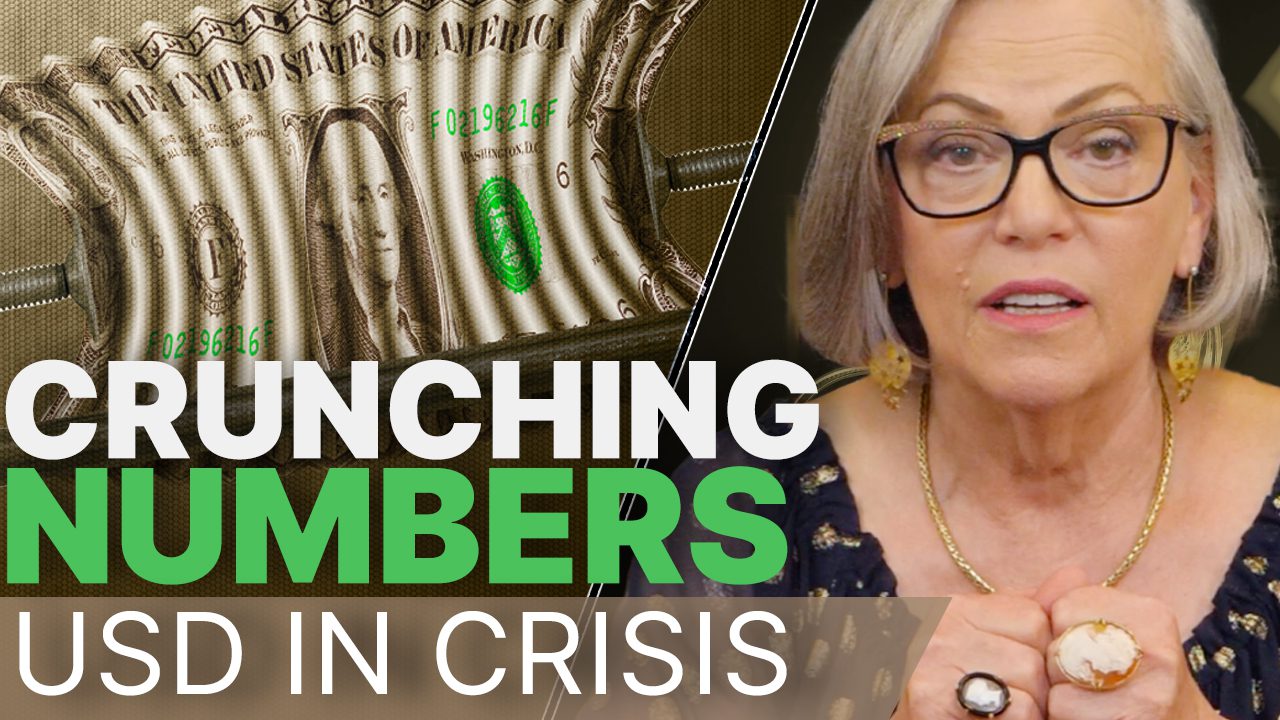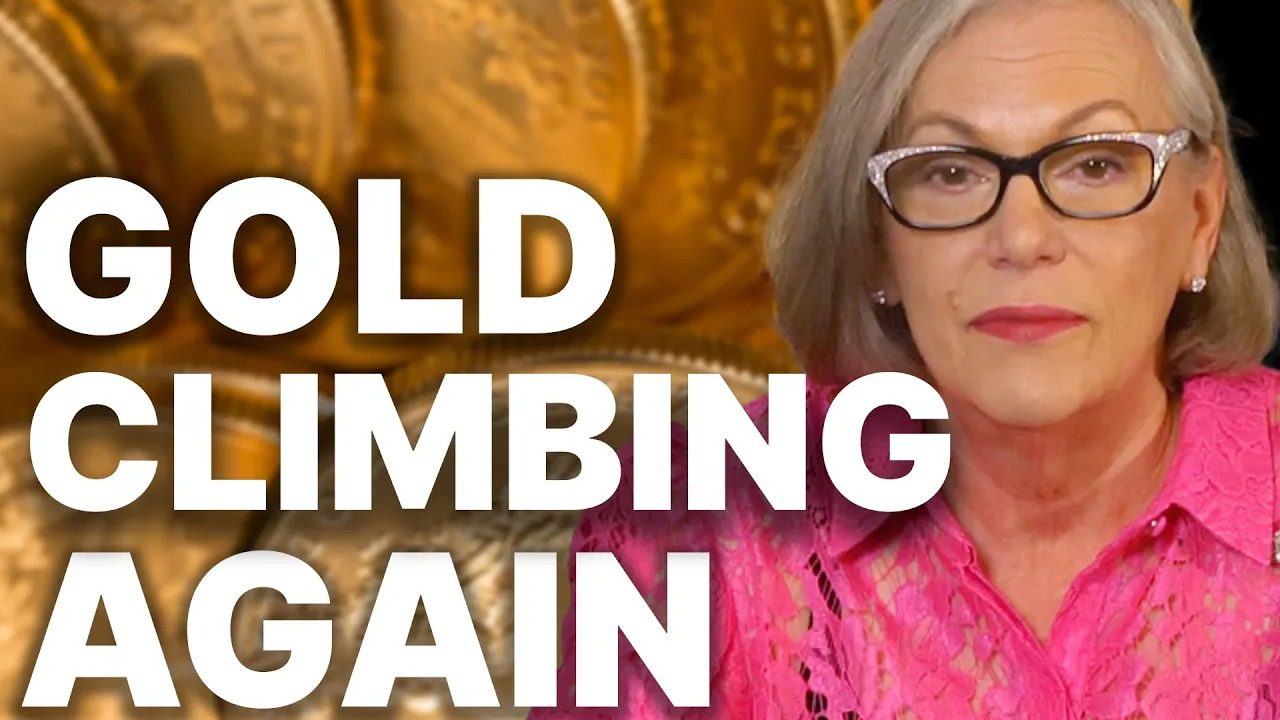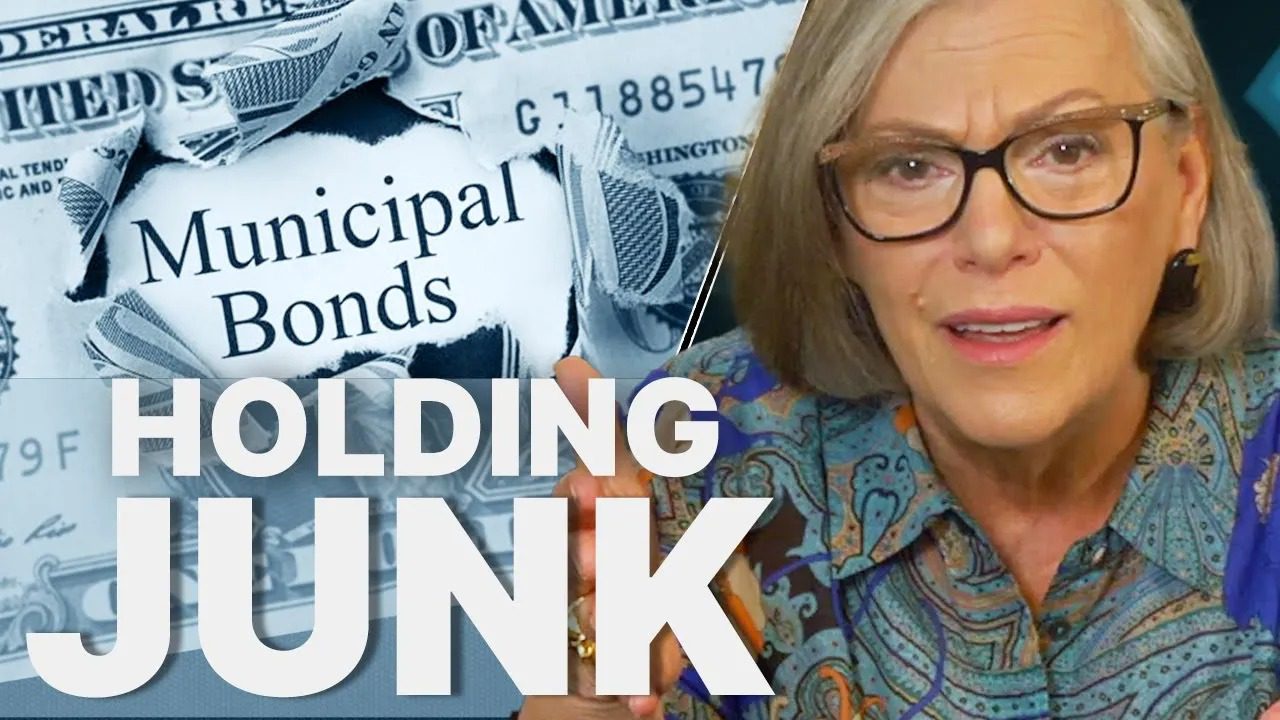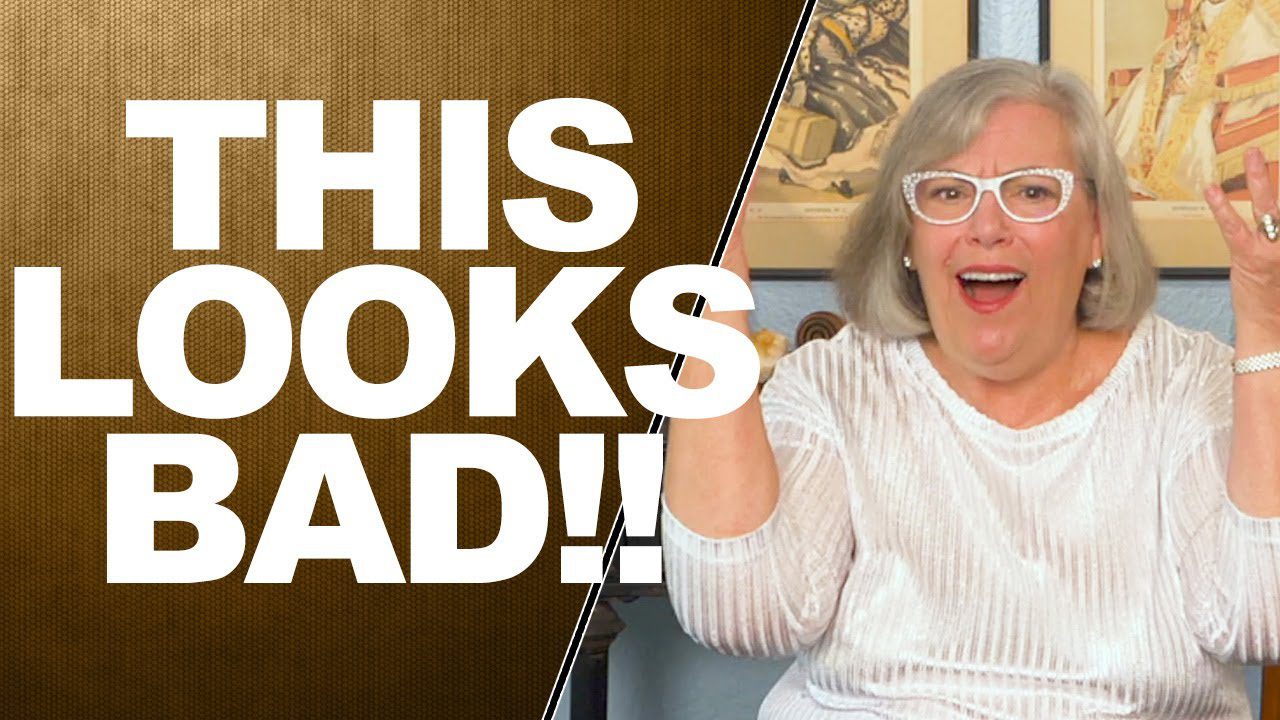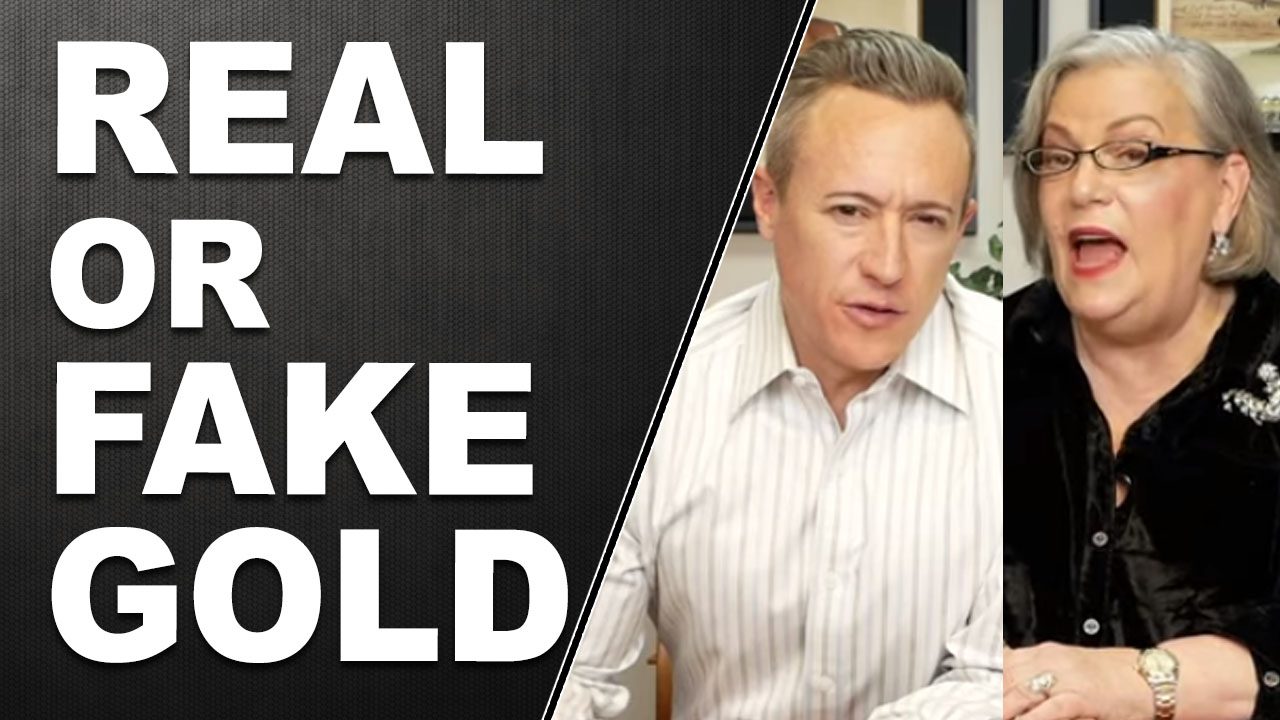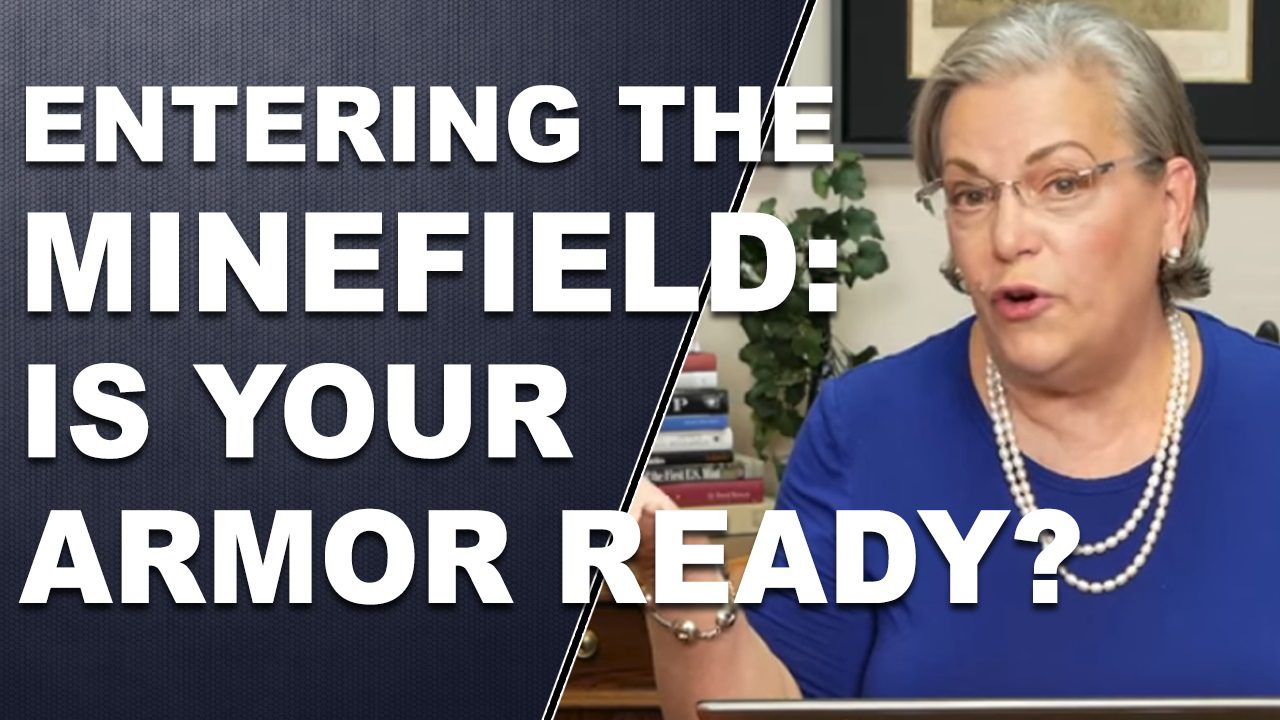How does Gold Correlate to Stocks and the Dollar?

 It is impossible to predict with 100% accuracy what will happen to gold when stocks fall in value because the two markets are not perfectly correlated or perfectly uncorrelated. Sometimes the markets move together and other times they move apart. It really depends on what is going on in the world (mindset) as to if they will move together or not.
It is impossible to predict with 100% accuracy what will happen to gold when stocks fall in value because the two markets are not perfectly correlated or perfectly uncorrelated. Sometimes the markets move together and other times they move apart. It really depends on what is going on in the world (mindset) as to if they will move together or not.
Correlation between two assets is measured on a scale from 1 to -1, 1 being perfectly correlated, meaning when asset A is up asset B is also up. A correlation of -1 is perfectly uncorrelated, meaning when asset A is up asset B is down. A value of 0 means that no correlation there exists no correlation between the two assets.
Over the history of gold and stocks the correlation factor has changed. Sometimes the correlation has been close to 1 while other times it has been closer to -1. For example from 1973 to 1974 stocks suffered a severe bear market and the DJIA fell close to 45% while gold rose by more than 200%. This would have been very close to a -1 ratio. On the other hand, from 10/9/2002 to 10/9/2007 stocks and gold rose together. Gold rose from $320/oz to $738/oz while the DJIA rose from 7,286 to 14,164. So the ratio would have been closer to 1.
Much of the fluctuation in correlation has to do with monetary policy. Back in the 1970’s inflation was running rampant and people were using gold as a hedge against inflation. Here we are in 2011 and inflation is being held in check as the velocity of money is low and gold is being treated as an investment (with inflation in mind). But back between 2002 and 2007 when the Federal Reserve was pumping the monetary system (banks) flush with cash to lend into the housing market prices were rising fast and gold benefitted from inflation; as did real estate and stocks.
The dollar also comes into play here as the value of the dollar affects both stocks and gold. When the dollar loses value gold and stocks both rise due to the fact that they are both valued in dollars. However gold and stocks can both rise and fall independently based upon demand. For example, if the dollar falls in value, then gold will rise in terms of its value in dollars, but this rise can be offset by selling of gold into the market and ultimately cause gold to fall in value despite the rise due to the dollar. This is because the dollar and gold decoupled from each other many years ago.
Investment demand for gold and stocks throw a wrench into the game because if the mindset is on both stocks and gold then both will benefit and vice versa.
Even though gold is a great hedge against stocks and the dollar they don’t necessarily move opposite of each other. Therefore it is important to maintain a diversified portfolio.

